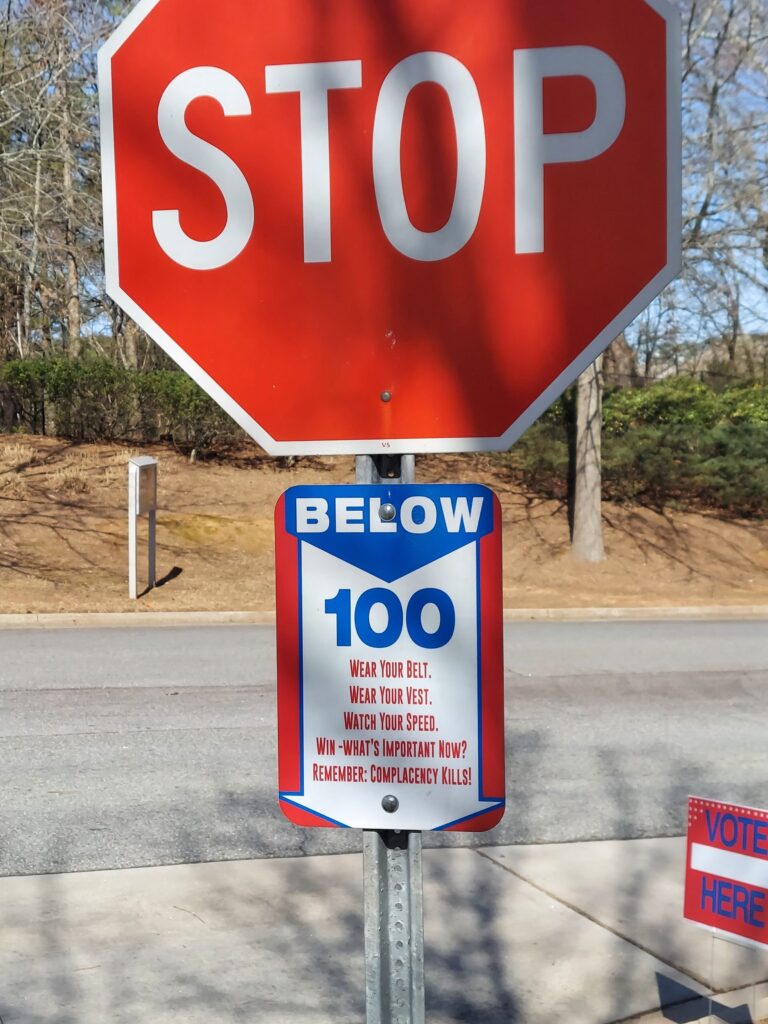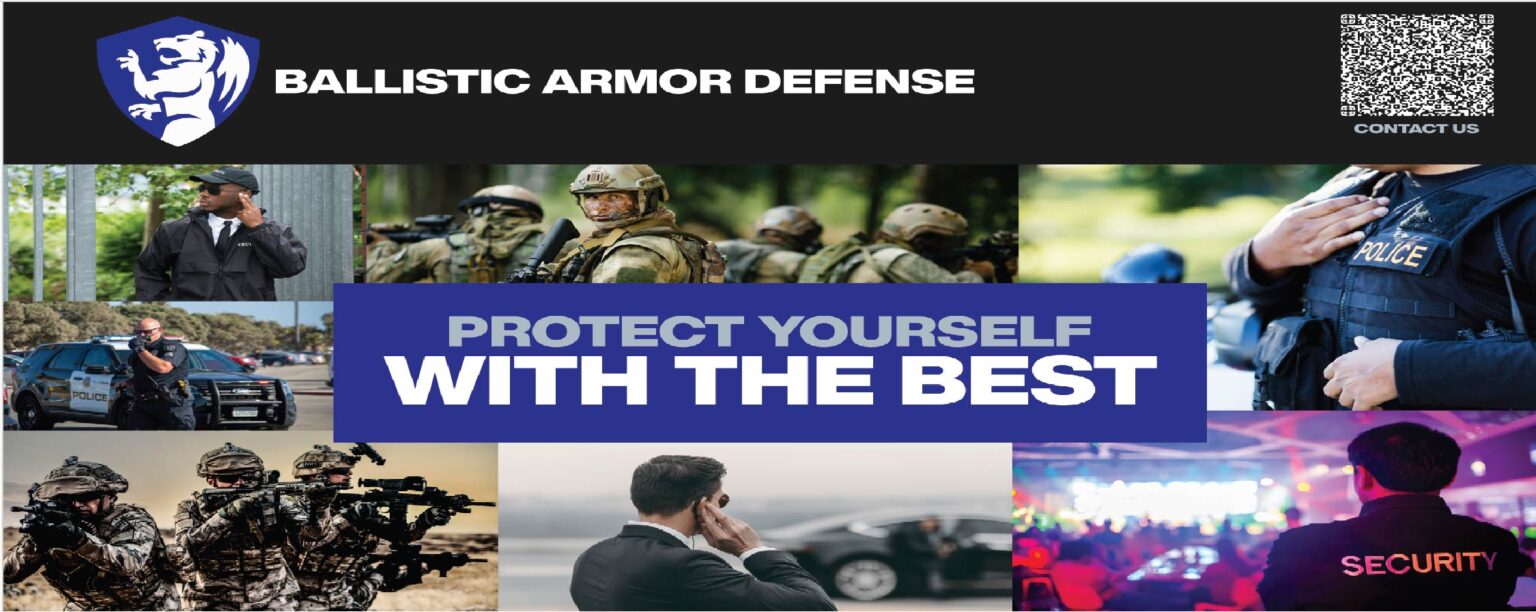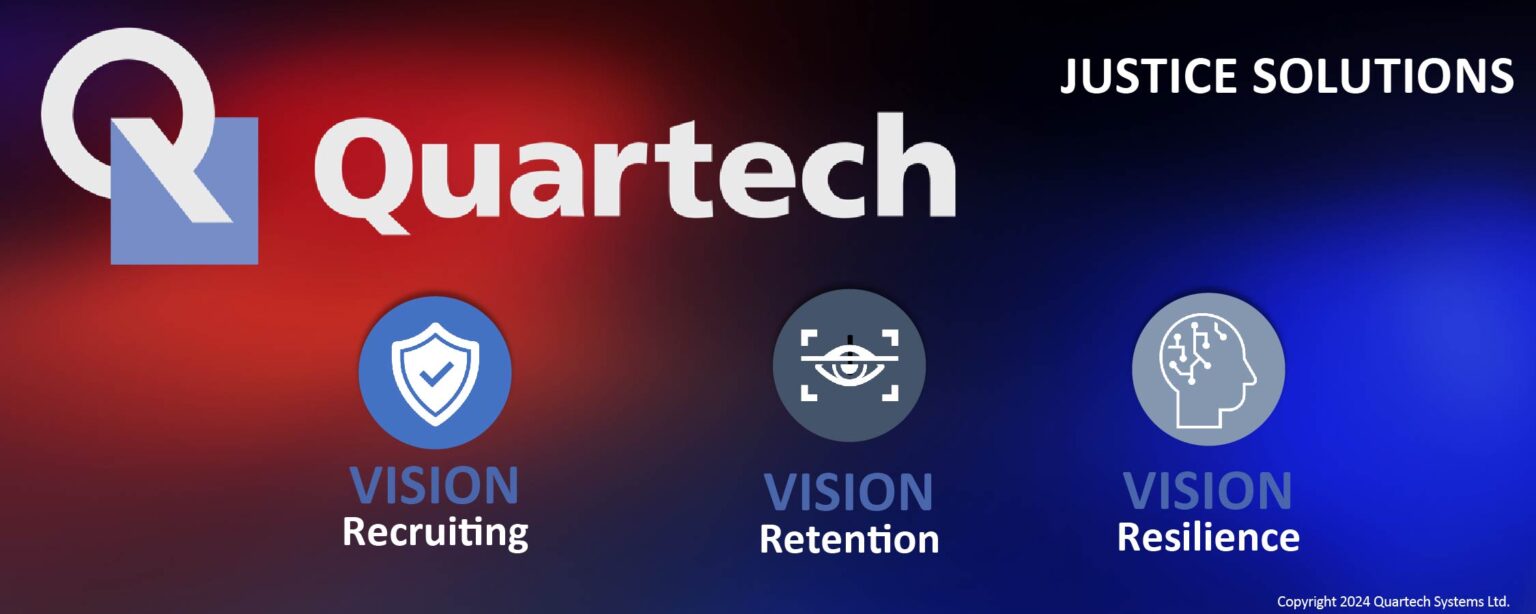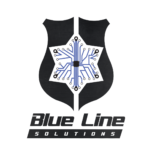
Risk Management
Winter | 2025

Below 100
Natalie Sellers
Winter | 2025
Events across the country and in the Georgia law enforcement community remind us it might be a good time to revisit the Below 100 Tenets and learn how to get the most value from this program. Let us explore ways to institute culture change within your organization using the Five Tenets.
The idea of Below 100 began at a dinner table in 2010 and transformed into an initiative to reduce the number of line-of-duty deaths each year to below 100, a number not seen since 1943. Although not originally designed that way, this program is one of the most extraordinary risk management plans ever designed for law enforcement. The program’s originators:
- Identified the top five reasons officers were dying in the line of duty.
- Designed training to mitigate or reduce the type of line of duty death.
It is an excellent officer safety program to enable your officers to go home every night the same way they arrived.
Law enforcement officers must face death when called to protect the innocent, which makes the goal of reducing line-of-duty deaths in law enforcement an arduous task. When there is a lack of personal engrossment in officer safety, leadership necessitates creating a departmental safety culture.
The five tenets within the Below 100 program can be used to apply gentle, but relentless, pressure to do things safely so it becomes ingrained and the norm, rather than the exception. Holding those accountable who stray outside common sense by firmly integrating the Below 100 Tenets into day-to-day operations can and will begin to change your agency’s safety culture.
Hundreds of law enforcement officers attend training annually, but how many bring the knowledge they attain and incorporate it into daily operations? Some departments teach Below 100 every year, but at this level of engagement, it is only a reminder and not necessarily effective in reducing incidents. Risk management is about prevention! It may be time to look at how much more Below 100 can be used to prevent incidents and create a better safety culture.
20,000 Foot Level
Leaders dictate policy, and policy should dictate the behavior of officers. The five tenets can be built into departmental policy to promote proper execution of duties while in the field.
- Wear your Seatbelt – Have a mandatory seatbelt policy with corrective action for non-compliance.
- Wear your Vest – Have a mandatory ballistic vest policy for frontline officers and immediately available for those in support positions.
- Watch your Speed—Set expectations for emergency response speeds and what constitutes the need for more incredible speeds and pursuits.
- What’s Important Now – Require supervisors to have discussions with officers when safety violations become apparent.
- Complacency Kills – Gently apply to the use of force, pursuits, emergency response, and search warrant policies. Build it into a mission statement and have the supervisor repeat it at roll call, operations planning, search warrant operations, and any other operations until it is instilled at the forefront. What gets repeated gets remembered.
Positional authority dictates we embrace the authority of responsibility by being committed to safety. Other areas affecting change may include dispatchers receiving Below-100 training, fleet maintenance, risk managers, spouses, and city/county officials. So, there is greater engagement in operations areas, which becomes organizational culture rather than a training session.
10,000 Foot Level
Incorporate Below 100 into field training to show a commitment to safety. Have FTOs and EVOC instructors attend a Below 100 Train-the-Trainer courses to institute change through training, the onboarding process, as well as other annual training. Rather than using the Below 100 videos, insert departmental videos of incidents that bring the message close to home for your officers and use the five tenets to review.
Supervisors can implement the tenets in their monthly reviews to ensure their officers wear seatbelts, watch their speed, whether that chase “Was Important Now” or if complacency has set in, and address those with essential discussions.
Command staff can review pursuit and emergency response videos using the five tenets. They can discuss what they did wrong and reward and praise them in front of others when they exhibit safe behaviors.
What is important now regarding dangerous pursuits and emergency response rather than the archaic means of “let’s chase them until the wheels fall off!” Ensure seatbelt policies are enforced so officers wear them.
5,000 Foot Level
“To influence law enforcement culture by providing innovative training and awareness through presentations, social media, and webinars on identifying the leading causes and current trends in preventable line-of-duty deaths and injuries.” (below100.org)
- Below 100 Mission Statement
The heart of the Below 100 Mission Statement is for everyone to take personal initiative to remain vigilant in the face of danger. Officers have a responsibility to support the mission as well by:
- Attending the Below 100 training.
- Discussing the tenets and personal safety every day amongst each other and reminding those who sway from safe practices in the field.
- Situational leadership dictates we set an excellent example for others. Exemplify the five tenets while on and off-duty.
- Tenured officers need to exemplify safety to the new officers for growth of safety culture.
"The secret to change is focusing all your energy not on fighting the old, but building the new."
- Dan Millman, Way of the Peaceful Warrior
Positive indoctrination into the Below 100 program by implementing the five tenets through policies, training, and voluntary compliance will yield endless results and a strong sense of ownership among employees. An open culture of communication is needed to increase motivation and improve performance. Safety is paramount in law enforcement and requires gentle but relentless pressure. It is about setting high standards, holding people accountable, and correcting them when they drift from them. Nudging repeatedly and enthusiastically will build a culture of safety within your organization.

Natalie Sellers
Natalie Sellers has served as a Senior Law Enforcement Risk Consultant with Local Government Risk Management Services (LGRMS) for the past 10 years. She holds a Bachelor of Arts in Criminal Justice from Augusta State University and a Master of Arts in Criminal Justice from Troy University. Previously she served as a parole officer, academy instructor, and Assistant Chief with the Georgia State Board of Pardons and Paroles.
More from Risk Management:























